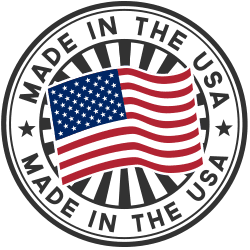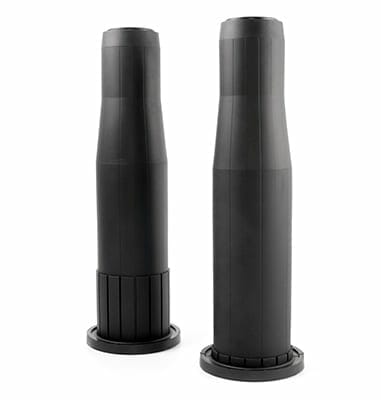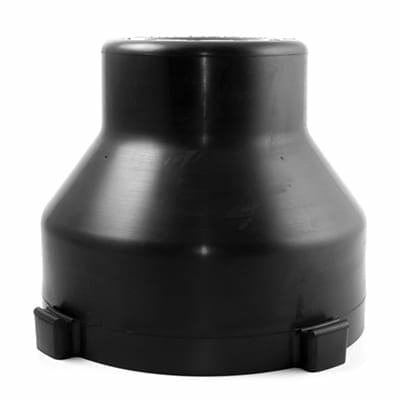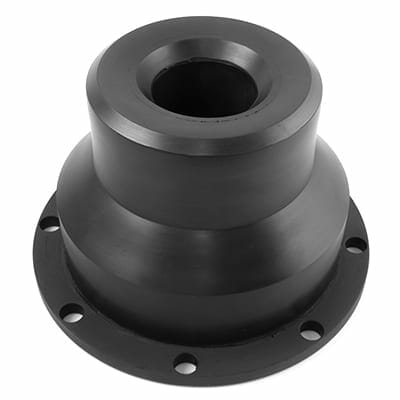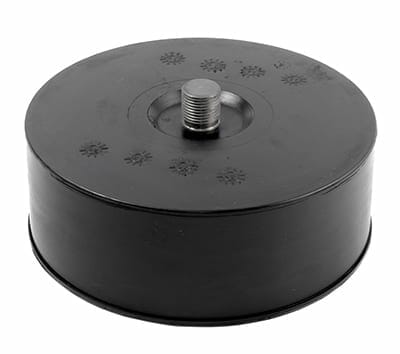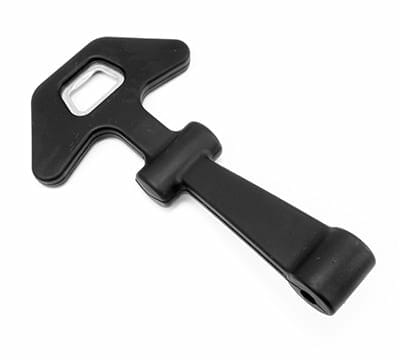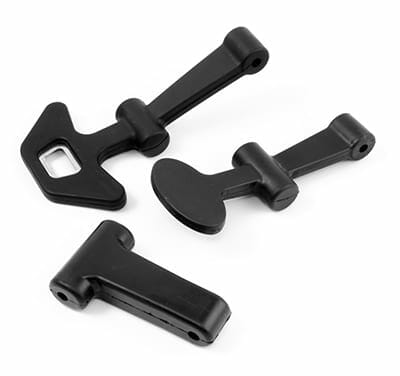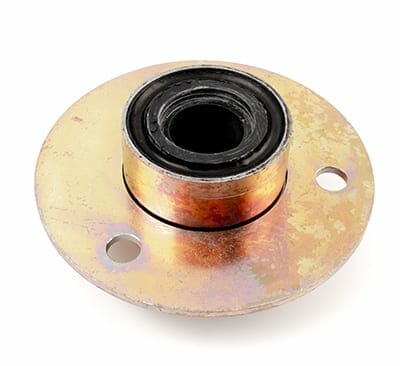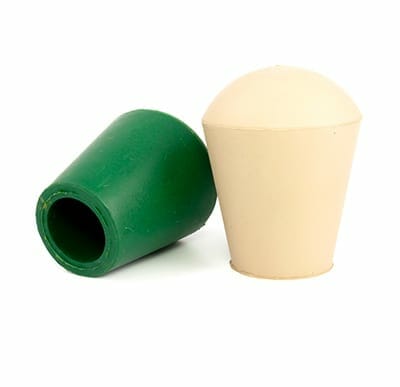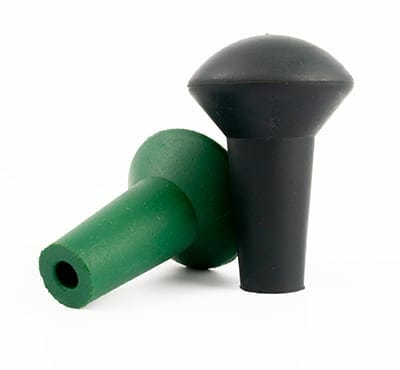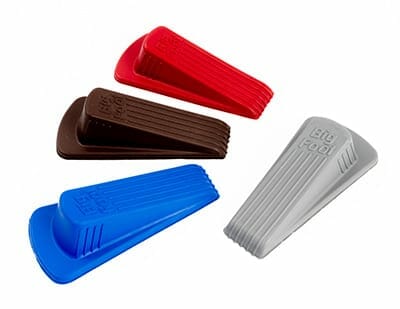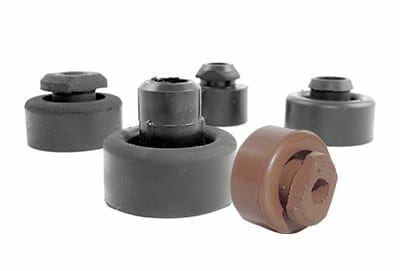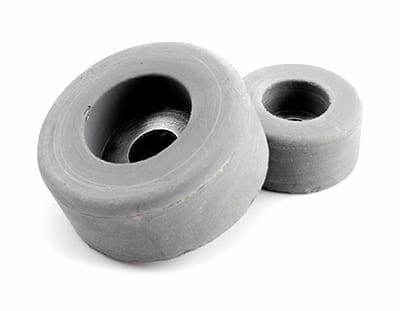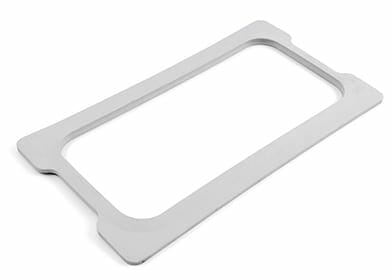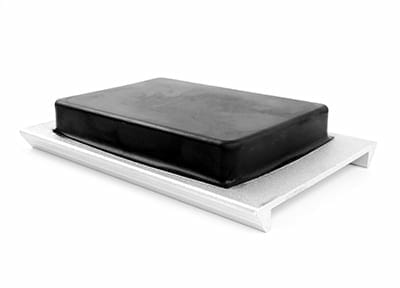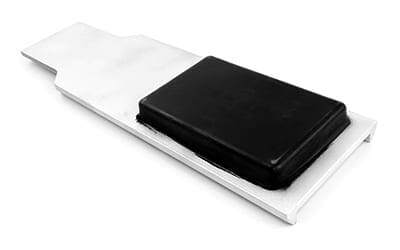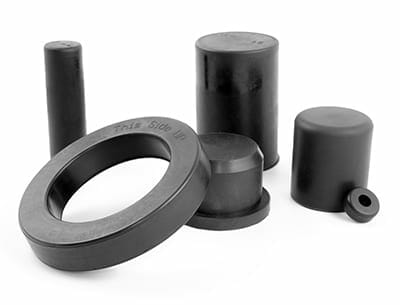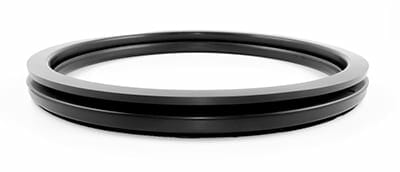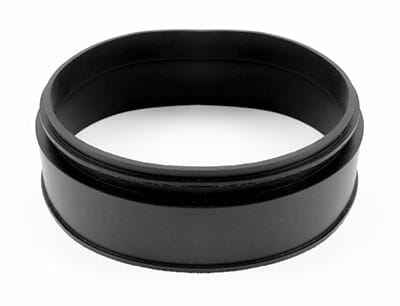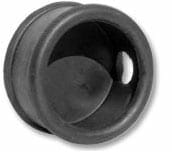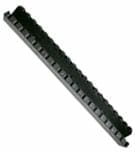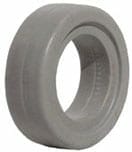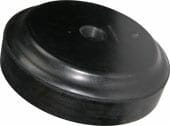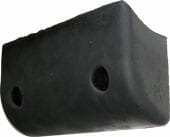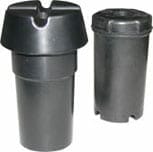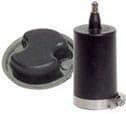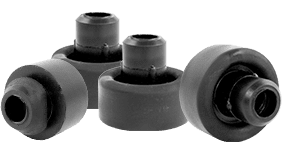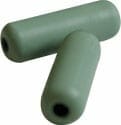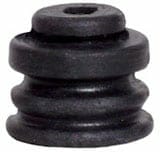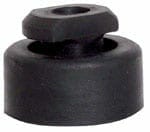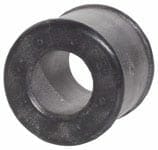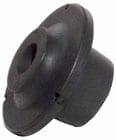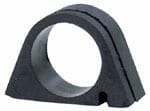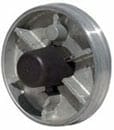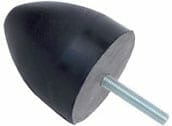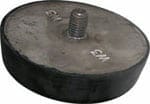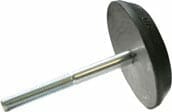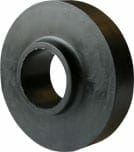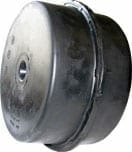Rubber Molding Services Photo Gallery
Rubber Molding Services Photogallery / Why Choose Qualiform’s Rubber Molding Services? / Rubber Molding Services Proprietary Blend / Types of Rubber Molding Services Processes
Qualiform’s rubber molding services provides businesses with custom molded rubber solutions to address their specific needs. Whether you need a run of injection, transfer, or compression molded components, we can work with you to develop molded rubber parts designed for both your application and budget.
Why Choose Qualiform’s Rubber Molding Services?
Qualiform Quality Assurance Program
As an ISO 9001:2015 certified company, Qualiform’s rubber molding services is committed to implementing an effective quality program that will oversee, evaluate and document every aspect of our processes so as to comply with customer requirements and assure satisfaction with every product and service we provide.
Rubber Molding Services Competitive Prices
Competitive rubber molding services pricing is the result of evaluating every aspect required to produce the part. Whether through R&D, design, engineering or manufacturing, Qualiform analyzes the entire project scope to determine the best solution at the best price.
Rubber Molding Services with Experienced Work Force
The Qualiform leadership team offers 130 years of combined knowledge and experience in all disciplines of the rubber mold industry. Our employees are valued assets, and we pledge a continued dedication to invest in the expertise of our employees so as to maintain a status of quality performance and leadership.
Qualiform creates quality custom rubber compression molding, custom transfer molding, custom rubber injection molding, and rubber to metal bonding with the highest standards in customer service.
Rubber Molding Service with Superior Customer Service
Qualiform Customer Service Support provides communication that is reliable, courteous, and responsible and includes follow-up with every customer, informing them of each step of the process, with detail-oriented, customer-conscious professionalism.
Qualiform Rubber Molding is a full-service rubber molder.
Qualiform, LLC has focused on the manufacturing of custom molded rubber products. As a privately owned, nationally recognized manufacturer offering rubber molding seervices in compression molding, transfer molding and rubber injection molding, we are committed to pursuing the best technology and resources in the industry to meet your changing needs. With more than 30+ years of industry experience and success, we offer rubber molding services and products to meet the needs of the transportation, medical, electrical, plumbing, industrial, appliance and aerospace industries, worldwide.
Qualiform Rubber Molding Services Proprietary Blend
Qualiform is proud of our proprietary rubber molding services. Our proprietary rubber compound blend has reinforcing fibers. This blend increases wear resistance, durometer, abrasion resistance, toughness and performance properties by implementing reinforcing fibers into the materials. We offer our proprietary blend for all our available rubber materials.
Rubber Molding Services Materials
- Butyl Rubber: Lower resilience rubber
- EPDM Rubber: Ideal for outdoor applications
- Natural Rubber: An elastomer with incredible resilience
- Neoprene Rubber: Resistant to oils
- Nitrile Rubber: Exceptional chemical resistance against oils and gasoline
- Rigid & Flexible: Useful for a wide range of applications
- Synthetic Rubber: A versatile elastomer with lower overall cost
- Thermoplastic Elastomers (TPE): High resistance to flame and ozone
- Viton Rubber: Resistance to fuel at extreme temperatures
The Best Rubber Molding Services Quality
Our Expertise: Put Qualiform’s 30+ years of rubber insert molding experience to use by allowing us to help you choose the best polymer and molding method to meet your rubber molding project requirements.
- Light assembly
- Kit assembly
- Small production runs for prototyping
Expediting: Qualiform understands emergencies happen. We have the ability to expedite production to meet your unexpected needs.
- Packaging and labeling
- Barcoding
- Inventory programs
From Start To Finish
Qualiform Custom Rubber Molding creates quality rubber molding service products with the highest standards in customer service.
AMERICAN MADE PRODUCTS
Rubber Molding Services Questions?
Our technical staff is available to answer any rubber molding service questions call (330) 336-6777, or submit a question or inquiry through our Contact Form or Send Us a PDF.
